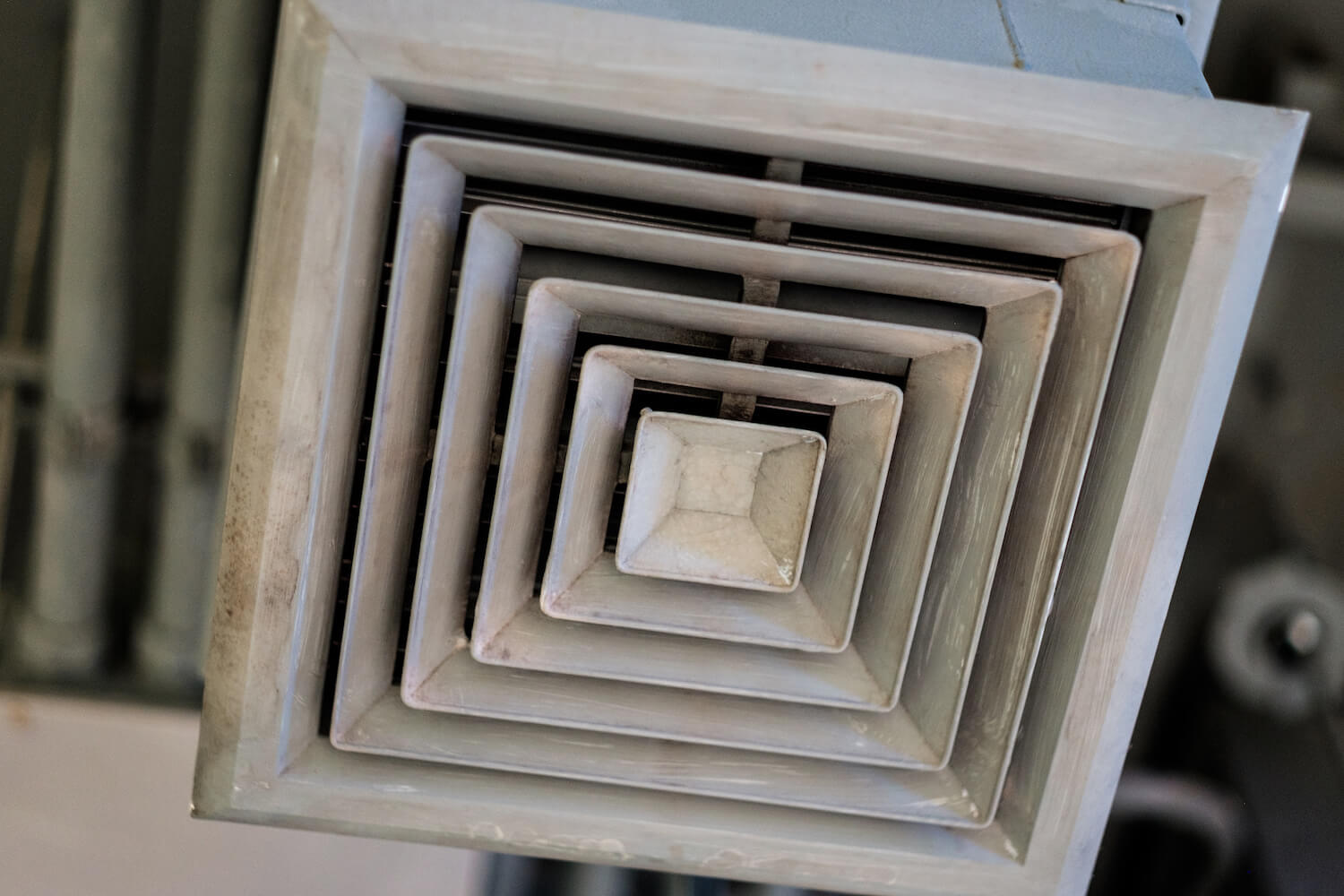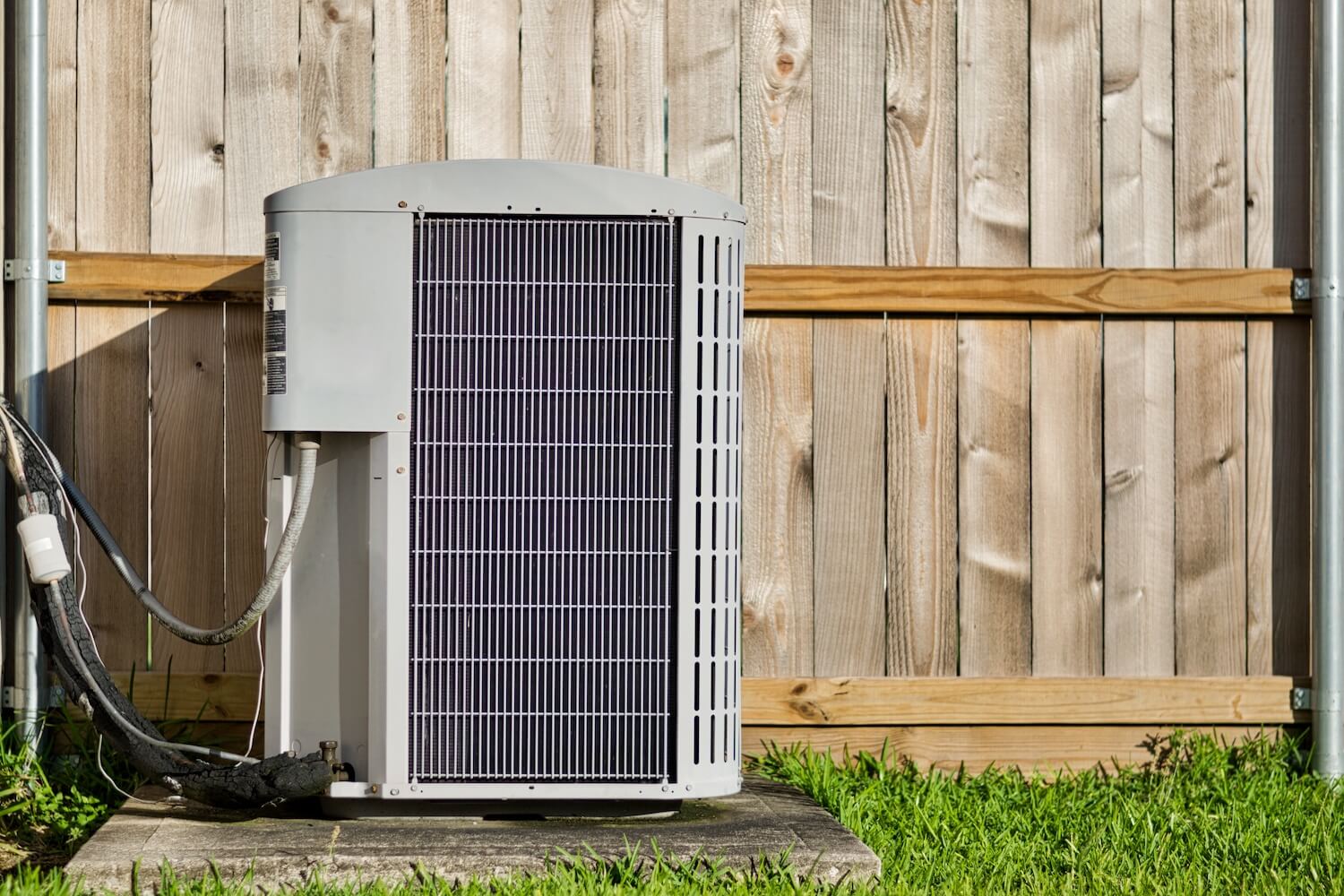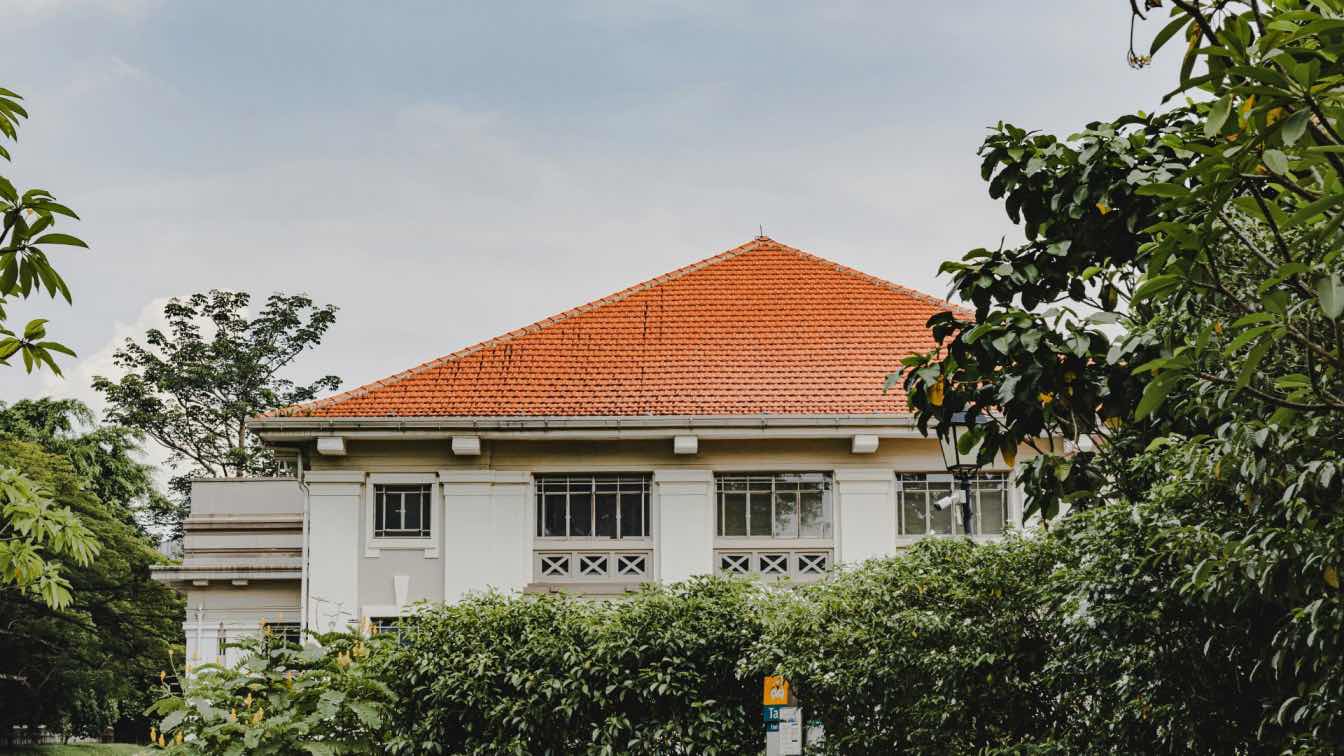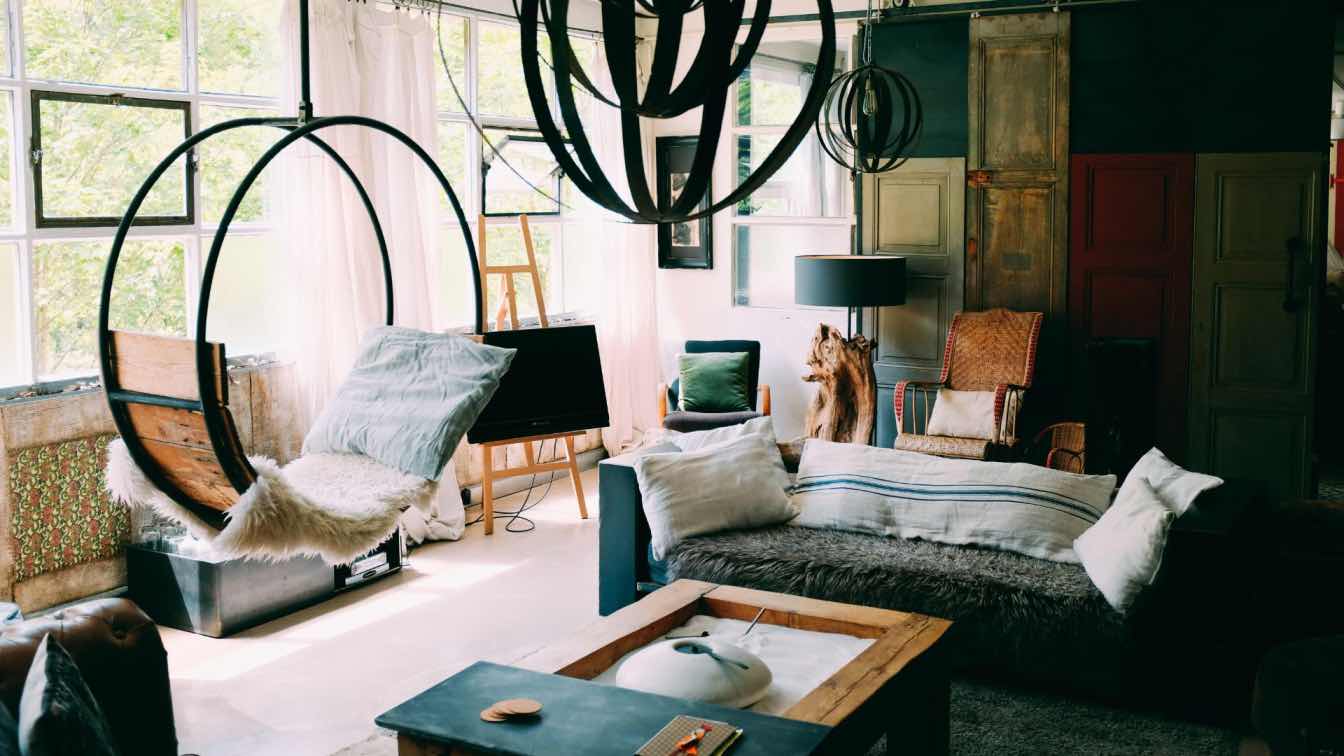Before you launch an overhaul or total rework of your existing home, you might want to include in your plans and designs some ways and features that’d make your home energy-efficient. Since you’re going to open up the roofs and walls, and might even disassemble the beams and frames, you might as well take the opportunity to make a renewable energy system, such as a solar power generation system, part of your whole of house approach to design.
In Missouri and most other states, there are numerous outfits that’d be very glad to help people who are looking for ways they can make the most of home design to bring down their energy bills. If you’re looking for some professional help to rework your home’s design, you can hire a Kansas City HVAC company or one from your locality.

Here are a few ways by which you can use home design to make optimal use of the HVAC system at your home:
1. Ultra-Efficient Homes
If you’re going to start your design to optimize your heating, ventilation, air conditioning (HVAC) system with a new house, you might want to consider starting everything with an ultra-efficient home. The design of an ultra-efficient home uses a design that combines energy-efficient architectural structures and spaces, lighting, and appliances with renewable energy systems.
The appliances and lighting use state-of-the-art technology that significantly improves energy efficiency. The renewable energy systems they use have already been made commercially available, like solar panels, generators and inverters, and solar water heating.
If you live in a place where, oftentimes, there’s enough sunlight and warm days in your neighborhood, a designers of ultra-efficient home can also include landscaping of your lawn or yard, and your surroundings to deflect the sunlight when it gets too hot. This can help bring down the amount of energy you need to use at home. With a lower electricity requirement, you can switch to a renewable energy system, such as solar panels.
Moreover, WiFi thermostats can be used to help regulate the temperature of your home, which can reduce the amount of energy required to keep it at a comfortable level. Additionally, with the help of a designer of ultra-efficient homes, you can use the landscaping of your lawn or yard and your surroundings to maximize the effects of the sunlight when it's available while also using WiFi thermostats to minimize the amount of energy used when it's not.
2. HVAC Maintenance
A significant aspect of maintaining your HVAC efficiency at home is also about the way you use and maintain your HVAC system. You should make sure that all the ducts are properly sealed and insulated. Any hole or unsealed part can cause a significant burden on your HVAC system. It would have to exert greater effort to pump out cool air because some of it is leaking out through holes and punctures. Southwest Florida homeowners are always reaching out to Port Charlotte AC Repair services to have their units inspected and fix any leaks or problems. Looking into it frequently will let you maximize the energy efficiency of your home.
Regular cleaning and maintenance of your HVAC would also go a long way in improving its efficiency. You should have a routine or schedule of checking and cleaning the air filters regularly. Once they’re filled with dust, debris, dirt, or dander, those things will be a burden to their motors. They’d require more power to be able to produce the same cool air than when the filters were clean and clear.
If you have the money to buy it, you might want to consider buying an all-new HVAC system with state-of-the-art energy-efficient technology.
3. Insulation And Air Sealing
Another aspect of your home design that you can work on to optimize energy efficiency is your home’s insulation and air sealing. You can do this from the outside by putting plants and shrubs in places where they should insulate the home from too much sunlight.
From the inside, you should consider using curtains or blinds that can effectively keep off the heat from coming in through the windows or other glass panes. But, you should also have them designed in such a way that you can make use of sunlight during the day to save on electricity. When you switch on your air conditioning unit, make sure all openings are sealed so the interior of your home can keep all the cool air circulating inside, keeping it from flowing out.
4. Advanced House Framing And Cool Roofs
You can also consider using advanced house framing if you’re building a new home, or reframing the beams and frames of your existing house. This technology is also called the optimum value engineering. This kind of framing significantly reduces the use of lumber in a wood-framed house. It cuts down on unnecessary waste of materials and greatly improves energy efficiency. It’s also a renovation that adds value to your home.
When you put advanced house framing, a good way to complement it is by installing cool roofs. You can even use solar panels to cover parts of your roofing. Cool roofing works by using reflective materials. These materials can turn away sunlight by reflecting it. As a result, your roofs absorb less amounts of heat from the sunlight. This can be quite helpful if it’s mostly hot weather where you live.

Conclusion
Your comfort, safety, and wellbeing at home depends in large part on how you can keep your home cool when it’s hot outside, and keep it warm when it’s freezing. At the heart of all this is your HVAC system, but it can only do so much if your home’s design wasn’t built for energy efficiency from the start. If you’re planning to open up your home and rework it, you might as well make renewable energy systems and energy efficiency part of what’s going to be done.
Author Bio
Ralph Scott is an HVAC specialist. He share his expertise through writing blogs and conducting webinars. Ralph loves fishing and mountain climbing.





